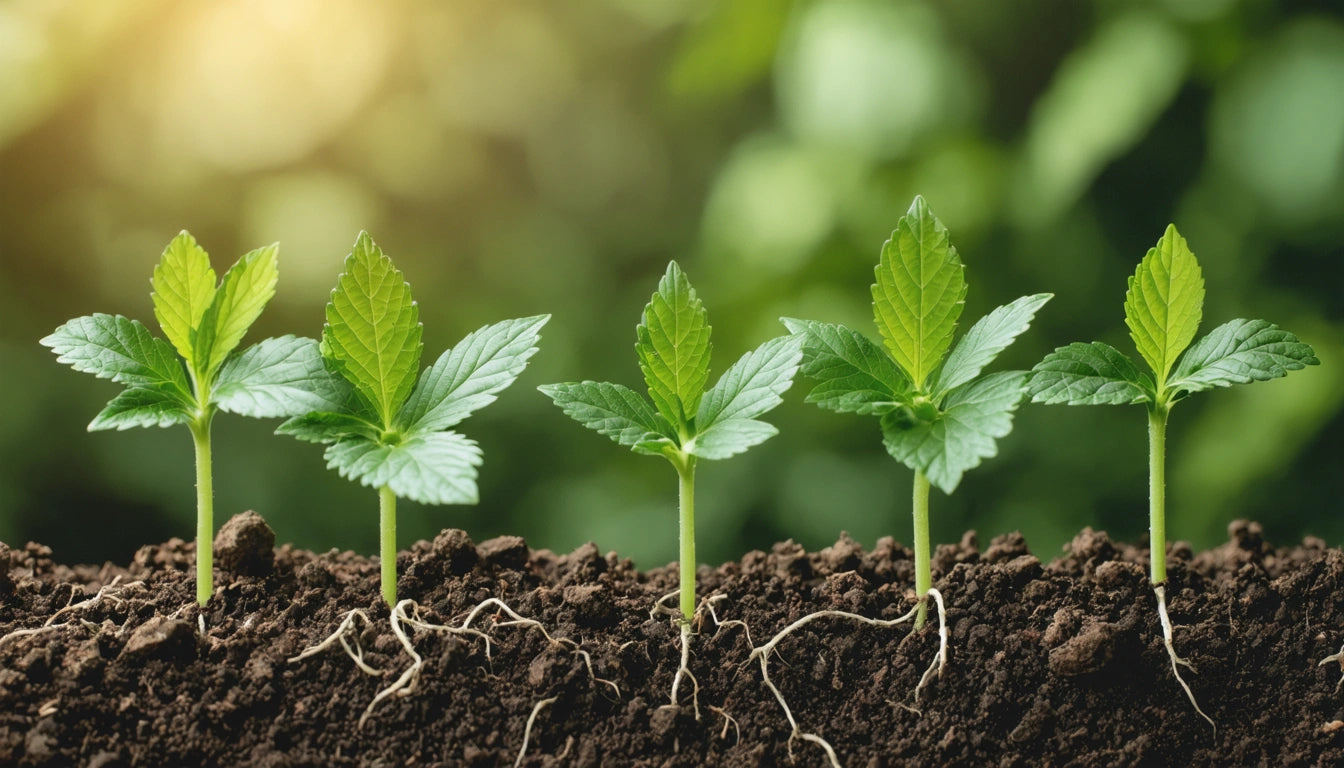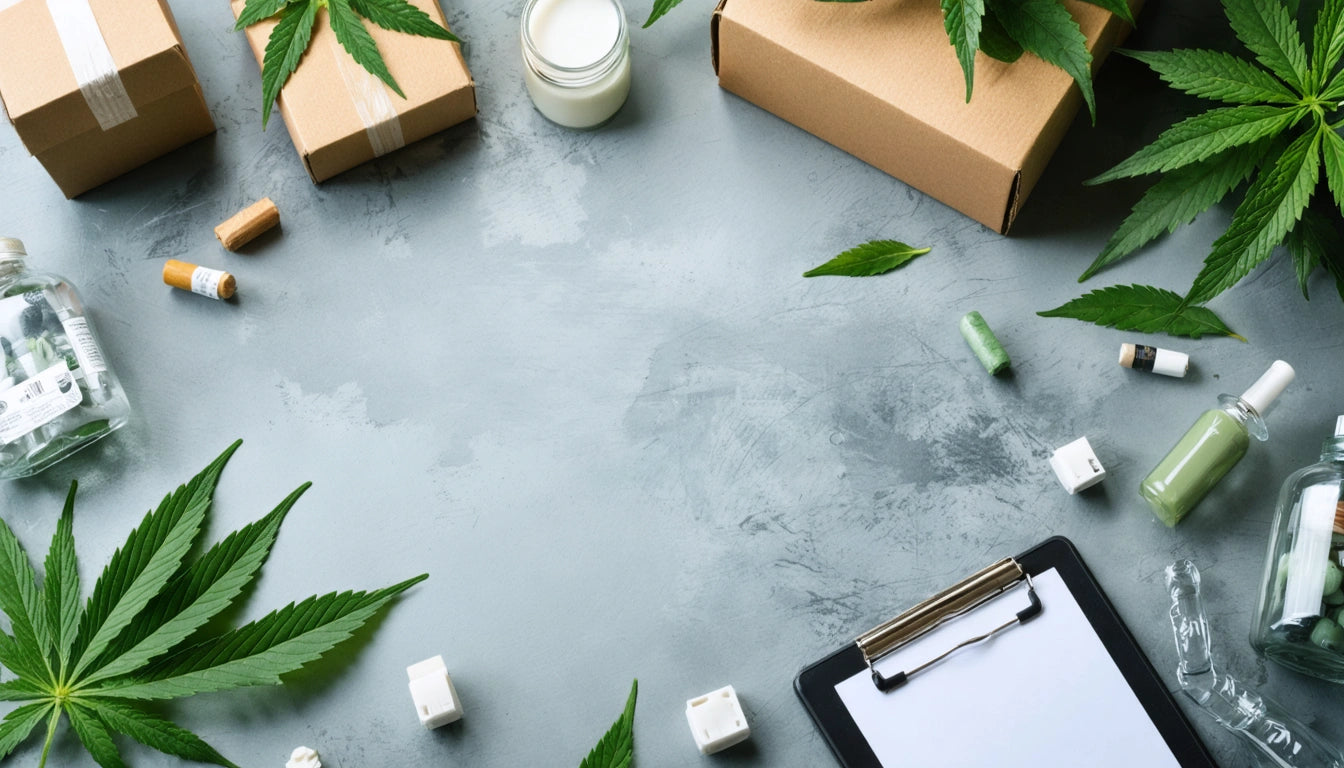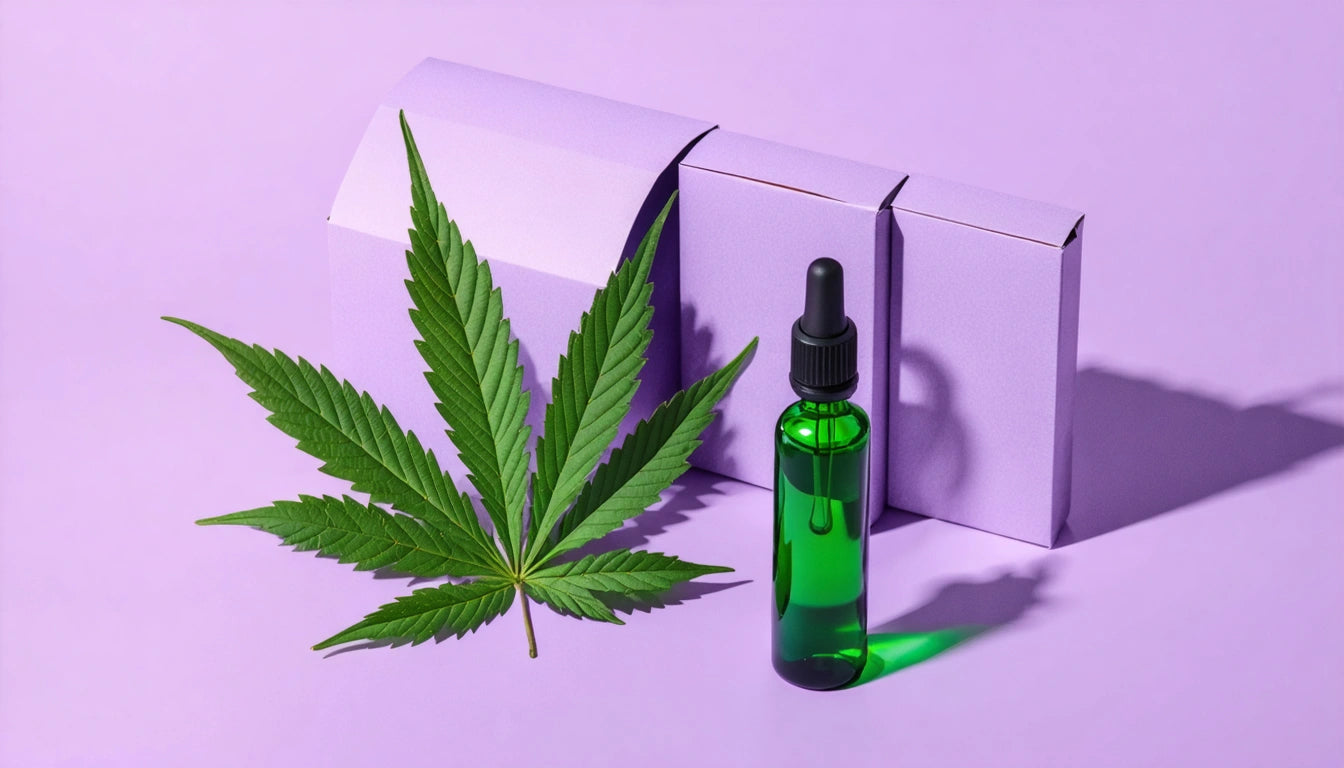Table of Contents
- Seed Germination Basics: Understanding the Process
- Cannabis Seed Germination: Timeline and Techniques
- Vegetable and Fruit Seed Germination Timelines
- Factors Affecting Germination Speed and Success
- Effective Germination Methods for Various Seeds
- The Seedling Stage: What to Expect After Germination
- Optimizing Your Germination Process for Better Results
Understanding Seed Germination: How Long It Takes for Different Seeds to Sprout
Seed germination is the magical first step in a plant's life cycle, where dormant seeds awaken and begin their journey toward becoming mature plants. Whether you're growing cannabis, vegetables, or ornamental plants, understanding how long germination takes helps set realistic expectations and improves success rates. This comprehensive guide explores germination timelines for various seeds and the factors that influence sprouting speed.
Seed Germination Basics: Understanding the Process
Germination begins when a seed absorbs water, causing it to swell and break its seed coat. This process, called imbibition, activates enzymes that convert stored nutrients into energy for growth. Temperature, moisture, oxygen, and sometimes light must be optimal for successful germination.
In general, seeds follow a predictable pattern:
- Water absorption (hours to days)
- Enzyme activation (1-3 days)
- Emergence of the radicle (first root) (2-7 days)
- Development of the hypocotyl and cotyledons (3-10 days)
- Breaking the soil surface (4-21 days, depending on species)
The question of how long does seed germination take varies significantly by plant species, seed quality, and environmental conditions.
Cannabis Seed Germination: Timeline and Techniques
For many growers, how long to germinate pot seeds is a common question. Cannabis seeds typically germinate within 2-7 days under optimal conditions, though some may take up to 10 days. According to this resource on cannabis seed sprouting, temperature plays a crucial role in determining germination speed.
The process for cannabis seeds generally follows this timeline:
- Day 1-2: Seeds absorb water and begin to swell
- Day 2-3: The seed cracks, and a tiny white taproot emerges
- Day 3-5: The taproot grows longer, and the seed begins to rise
- Day 5-7: Cotyledons (seed leaves) emerge and reach for light
When asking how long does it take to germinate a pot seed, remember that genetics matter. Some strains germinate faster than others, and seed quality significantly impacts success rates. For quality cannabis cultivation, proper storage containers like specialized mylar bags can help maintain seed viability before planting.
Vegetable and Fruit Seed Germination Timelines
Different plant species have vastly different germination timeframes:
Fast Germinators (3-7 days)
- Lettuce
- Radish
- Spinach
- Cucumber
- Most herbs (basil, cilantro)
Medium Germinators (7-14 days)
- Tomatoes
- Peppers (early stages)
- Broccoli
- Cabbage
- Melons
Slow Germinators (14+ days)
- Carrots
- Parsley
- Celery
- Onions
For those wondering how long do mango seeds take to germinate, these tropical seeds typically require 2-4 weeks under warm conditions (80-85 °F/27-29 °C). Some fruit seeds like mangoes benefit from special preparation techniques to break dormancy.
Factors Affecting Germination Speed and Success
Several key factors determine in how many days seeds germinate:
Temperature
Most seeds germinate best between 65-75 °F (18-24 °C), though some prefer warmer or cooler conditions. Cannabis seeds, for example, prefer temperatures around 70-85 °F (21-29 °C).
Moisture
Consistent moisture is crucial. Too little prevents activation, while too much can cause rotting. The medium should be damp but not waterlogged.
Oxygen
Seeds need oxygen for respiration. Compacted or waterlogged soil restricts oxygen, slowing or preventing germination.
Light/Darkness
Some seeds require light to germinate (lettuce, petunias), while others need darkness (tomatoes, peppers). Cannabis seeds prefer darkness during germination.
Seed Quality and Age
Fresh, properly stored seeds germinate faster and more reliably than old or improperly stored ones. Cannabis seed viability decreases with time, affecting germination rates.
Effective Germination Methods for Various Seeds
Different germination methods can affect how long after planting germinated seeds do they sprout:
Direct Soil Planting
Seeds planted directly in soil typically take longer to show visible growth since you can't see the initial root development. Expect an additional 2-5 days before seeing sprouts break the surface compared to pre-germination methods.
Paper Towel Method
Popular for cannabis seeds, this method allows you to see germination happening. Once the taproot reaches about 1/4 to 1/2 inch (0.6-1.3 cm), seedlings can be carefully transferred to soil. This guide provides detailed instructions for cannabis seed germination using the paper towel method.
Water Soaking
Pre-soaking seeds for 12-24 hours can speed up germination for many species, particularly those with hard seed coats. After soaking, seeds should be moved to soil or another germination medium.
The Seedling Stage: What to Expect After Germination
Once seeds germinate, they enter the seedling stage. How long does the seedling stage take varies by plant type:
- Cannabis: 2-3 weeks
- Tomatoes: 3-4 weeks
- Peppers: 3-5 weeks
- Leafy greens: 1-2 weeks
During this period, seedlings are vulnerable and require careful attention to light, water, and temperature. For cannabis, the seedling stage is characterized by the development of the first true leaves after the initial cotyledons (seed leaves) appear.
According to this resource on cannabis growth timelines, the entire journey from seed to harvest takes approximately 3-5 months, with the seedling stage representing just the first few weeks of this journey.
Optimizing Your Germination Process for Better Results
To improve germination rates and reduce the time how long germinated seeds take to break surface, consider these optimization strategies:
- Use a heat mat to maintain consistent soil temperature
- Consider using humidity domes for moisture control
- Implement proper seed storage practices to maintain viability
- Use fresh, high-quality growing medium
- Follow species-specific recommendations for planting depth
For cannabis growers specifically, maintaining proper environmental conditions and using proven germination techniques can significantly improve success rates and reduce germination time.
Understanding germination timing helps set realistic expectations and properly plan your growing calendar. Whether you're cultivating cannabis, vegetables, or ornamental plants, patience and proper technique are key to successful sprouting and healthy plant development.











Leave a comment
All comments are moderated before being published.
This site is protected by hCaptcha and the hCaptcha Privacy Policy and Terms of Service apply.